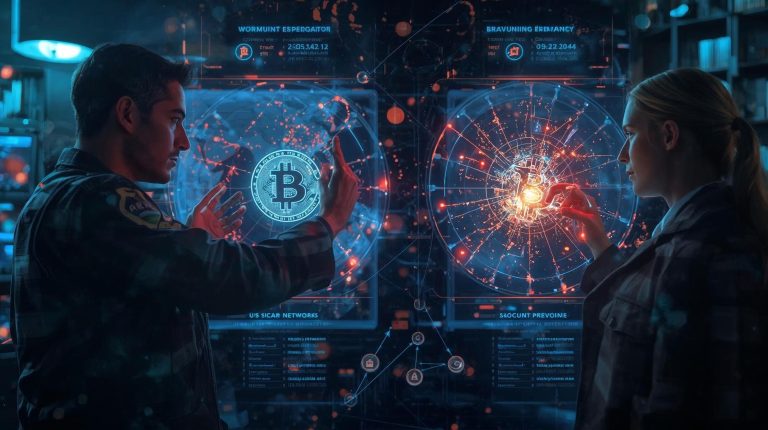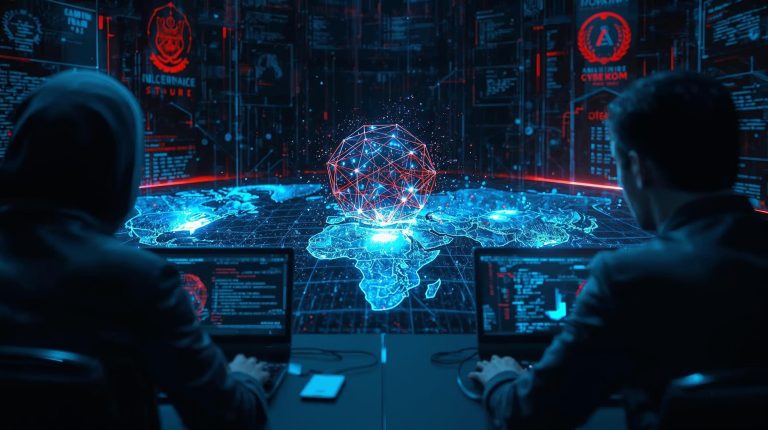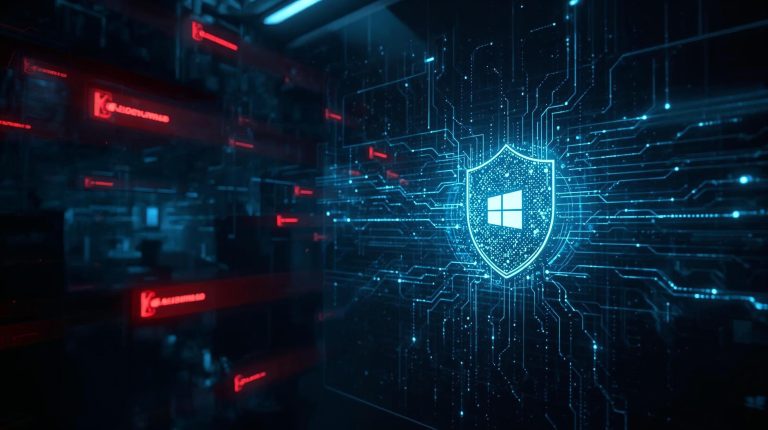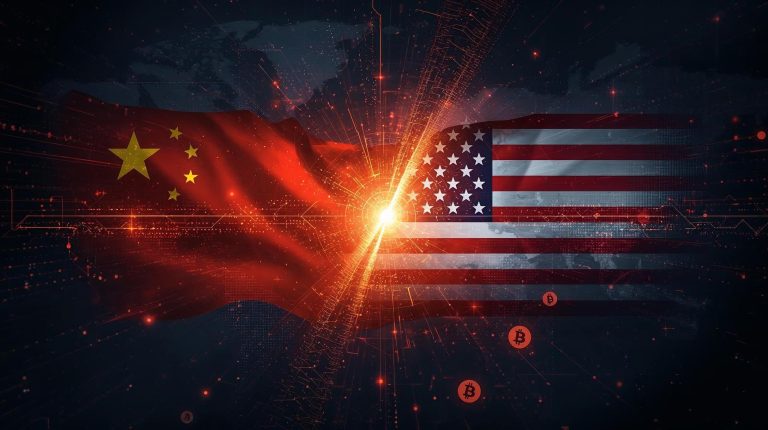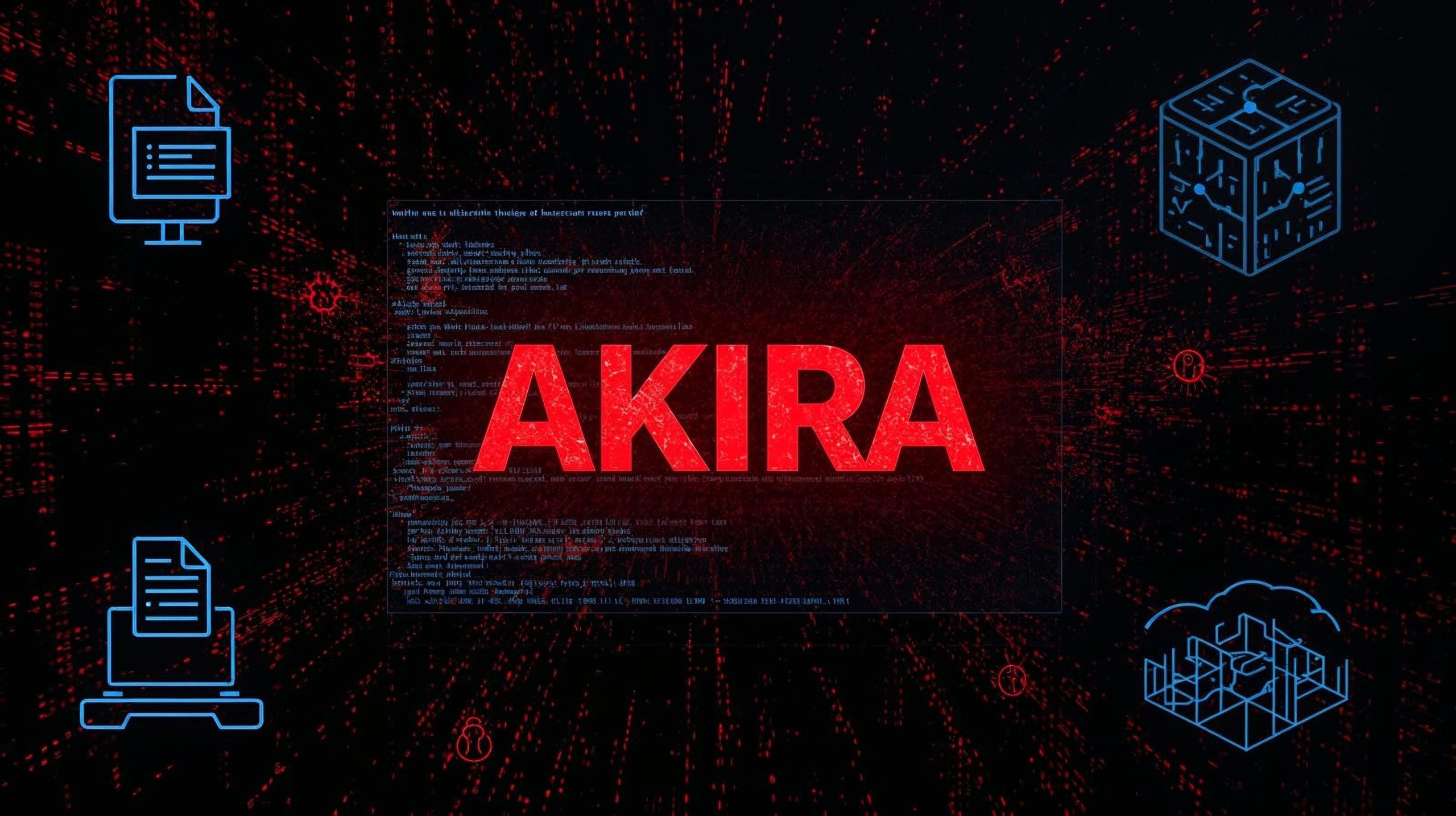
CISA’s latest guidance sheds new light on the growing Akira ransomware threat and how organizations can defend against it.
The Akira ransomware threat is again demanding attention. The Cybersecurity and Infrastructure Security Agency (CISA) has released updated guidance with new indicators of compromise (IOCs) and tactics, techniques, and procedures (TTPs) after seeing the malware adapt faster than most organizations can defend.
The update matters because Akira’s reach has expanded beyond typical ransomware targets, now striking industries that directly affect daily lives, from healthcare and education to manufacturing and banking.
An Evolving Cyber Predator
Akira is not a new name in ransomware circles, but what makes this version dangerous is its speed of evolution. Researchers describe it as a cyber predator that learns from every failed attack.
Each new campaign reveals modifications in encryption, data exfiltration, and persistence mechanisms. The result is a form of ransomware that continually rewrites its own playbook.
In their latest advisory, CISA shared technical details about Akira’s shift toward a hybrid model. Instead of just encrypting files for ransom, the group also steals data to pressure victims into paying twice. First for decryption and then for preventing leaks.
This double-extortion method is now standard across ransomware operations, but Akira’s precision targeting and use of mixed environments, Windows and Linux, make it stand out.
How It Works and Why It Persists
Like many modern ransomware families, Akira relies on initial access through compromised credentials, phishing campaigns, or exploitation of remote-access tools. Once inside, the attackers move laterally, escalate privileges, and deploy encryption in carefully timed stages to maximize impact before detection systems raise alarms.
One reason Akira continues to thrive is its calculated efficiency. Instead of casting a wide net, its operators pick victims who can least afford downtime. Hospitals, manufacturing plants, and universities are particularly vulnerable because even short interruptions can disrupt essential services or production lines.
CISA’s new list of IOCs and TTPs offers a roadmap of Akira’s latest tricks, from PowerShell command patterns to telltale IP addresses. The guidance urges defenders to strengthen identity management, apply network segmentation, and maintain isolates for backup systems.
Yet the message is broader: the ransomware playbook now evolves as quickly as software.
Why This Matters Now
The broader picture reveals a sobering trend. Ransomware groups like Akira are adapting their operations to geopolitical and economic conditions. Industrial targets are favored because they generate leverage.
Educational institutions offer easy access through outdated infrastructure. Financial systems are attacked for ransom potential and data value.
This environment creates both technical and strategic challenges. Defending against Akira is not just about patching systems; it requires understanding the attacker’s business logic.
Each new ransomware campaign behaves like a startup: it analyzes what works, refines tactics, and reinvests ransom profits into new tools.
CISA’s role here signals urgency. By releasing detailed IOCs and behavioral insights, the agency is not just reacting but trying to shorten the feedback loop between government and private defense.
The goal is shared awareness before damage occurs.
The Human Cost of Technical Failure
While the headlines often focus on financial losses, ransomware has human consequences.
In hospitals, encrypted systems can delay critical care. In schools, compromised networks expose student data. In factories, halted production can ripple down supply chains.
Behind each incident sits a small group of defenders facing an evolving opponent with growing sophistication.
The updated guidance gives them more actionable intelligence, but detecting Akira means acting before encryption starts—a race that demands vigilance, clarity, and continuous learning.
The Big Picture
What the Akira ransomware threat illustrates is not just one hacker group’s success but the new dynamics of digital conflict. The lines between cybercrime, espionage, and disruption are thinning.
Every update from agencies like CISA represents an attempt to rebalance that equation in real time. As ransomware evolves into a recurring crisis, understanding its motives becomes as important as blocking its code.
Akira is not simply a technical problem; it is a study in adaptation. Cyber defense, therefore, must evolve with the same resilience.






